Top 10 Free Portfolio Websites For Every Artist
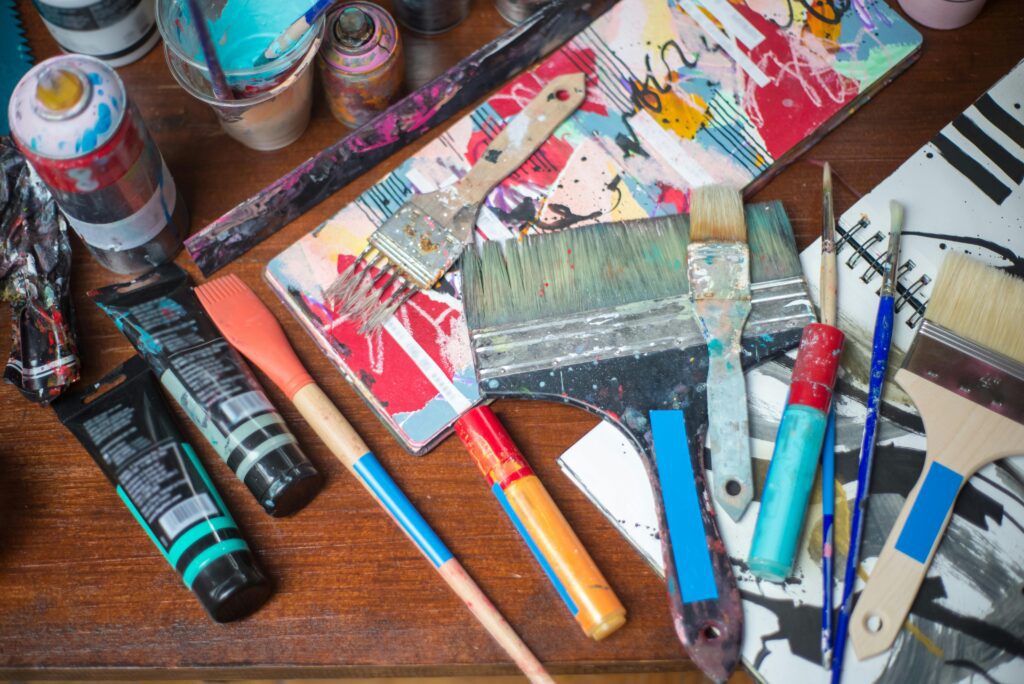
Someone asks, “Where can I see your work?” and your stomach does that little drop. You’ve got the art, sure. You’ve got the passion. But the link? That part’s fuzzy. Maybe it’s buried in your notes app, or worse, still “in progress.” Don’t worry, you’re not the only one quietly avoiding that question. Every artist hits this point, where the studio feels solid, but the online world feels like a maze.
Here’s the truth no one really says out loud: a good portfolio isn’t about fancy. It’s about found. It’s about giving your work a digital space where people can stumble upon it, stay, and think, “Oh, this artist knows who they are.” And the best part? You don’t need to pour money into it. There are incredible free platforms out there that make your art look like a million bucks without charging a cent.
Think of it like curating your own little online gallery, no permission needed. You choose the lighting, the walls, the story. You decide what’s front and centre and what stays in the archives. It’s not about being “techy,” it’s about claiming your space. And once you do, something shifts. You stop hesitating when someone asks for your portfolio, because now, you want them to look.
The funny thing about digital presence is how quickly it changes how people see your work , and how you see it. The moment your art lives in a clean, cohesive space, it suddenly feels more real, more professional, more “ready.” You start to see connections between your pieces you hadn’t noticed before. You start to feel like, yes, this is what I do, this is who I am.
The internet is full of options, and not all of them are made with artists in mind. Some are too rigid, some too complex, and others just too… beige. What you need is a platform that speaks your language , visual, intuitive, and kind to creative chaos. That’s what we’re getting into next.
So if your portfolio has been sitting on your to-do list for, well, longer than you’d like to admit, consider this your nudge. These ten free platforms are designed for artists who are ready to show up , without paying up. Let’s find the one that feels like yours.
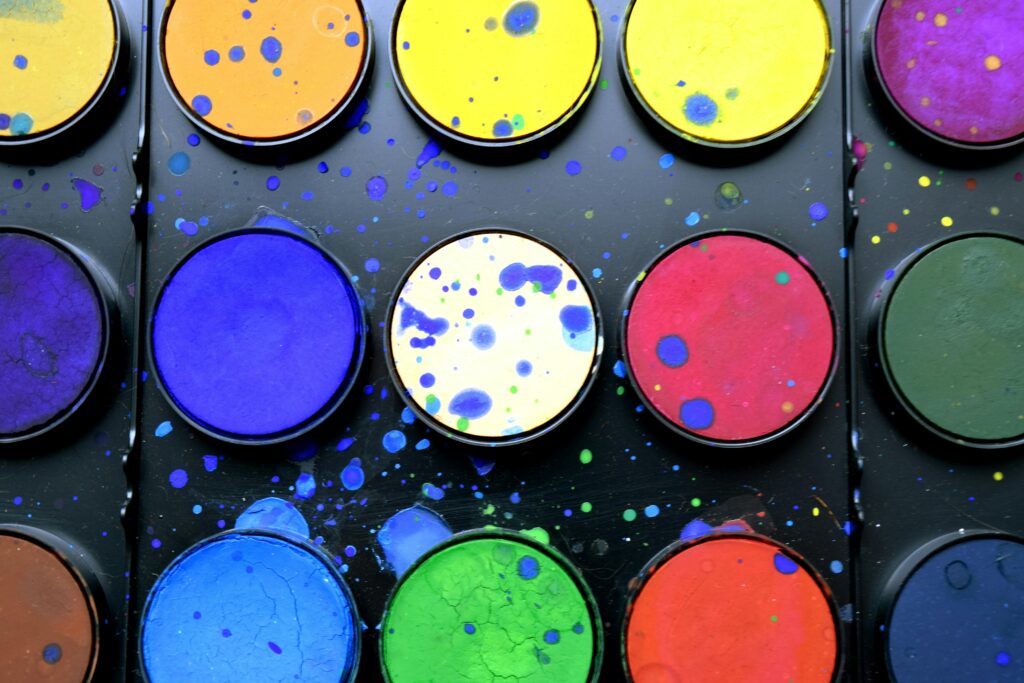
Women In Arts Network
If you’re tired of scattered portfolios and fragmented profiles, Women In Arts Network might feel like a home. It offers a directory-style portfolio showcase where you can upload your work, biography, exhibitions, and contact links , all in one place. The platform is built by and for women (and allies) in art, so there’s an innate sense of shared experience and understanding. You’re not just another face in a generic gallery; you’re part of a network that sees your challenges and your voice.
What’s nice is how it bridges visibility and community. Because your profile lives in a directory, people can discover you via region, medium, or theme. That means someone might stumble on your work while browsing for local creators or by art form , not just via your own promotion. It’s visibility through organic connection, not just algorithms. Plus, the site encourages you to make your profile robust , to share thoughtfully, not superficially.
The network is also more than just portfolio hosting , it’s a space for connection. You might find calls, collaborations, or conversations through your peers. The encouragement to “show up” is baked in. For artists who’ve felt isolated, being “seen” in a caring, relevant space changes how you feel about your work. And best part: it’s free and built on intention.
Portfoliobox
Portfoliobox is like a flexible blank canvas for your art. It gives you gallery controls, layout freedom, and enough customizing to make your site feel yours. Uploading images, structuring menus, choosing typography , it hands you those tools so your work doesn’t look forced into someone else’s template. The visual result often feels clean, light, and unobtrusive , your work stays front and center.
Because it’s designed for creatives, the workflow is forgiving. You don’t need coding chops , you drag, drop, adjust, preview. It lets you mix templates within pages so you can experiment (gallery here, text there) without losing cohesion. That freedom makes your portfolio feel adaptive, not static. You grow into it.
Even on the free plan, you get enough to start seriously. You may have limitations (pages, images) but those limits force you to be selective. And selection is part of your voice. Rather than “everything,” you begin curating what you want people to see. That clarity is often the biggest upgrade an artist needs.
Crevado
Crevado is the “simple but effective” kind of site , a low-friction route to having a decent looking portfolio fast. It gives you straightforward galleries, easy uploads, and minimal fuss. For artists who feel overwhelmed by building a site, Crevado slashes the technical load so you can focus on your images and message.
It also has room to grow. Start small, showcase your work, test how people view it , then you can expand with more images, adjust your layout, or upgrade when you’re ready. That adaptability matters when your practice changes over time. You don’t feel boxed in.
The beauty of using something like Crevado is that the platform’s simplicity becomes invisibility , viewers see you first, not your site’s quirks. That’s the ideal case: your work getting the attention, not the glitz of the template.
Wix (Free Portfolio Tools)
You’ve probably heard of Wix , it’s one of the more flexible free builders out there. What makes it work well for artists is its drag-and-drop design, visual templates, media support, and allowing you to tweak layouts freely. You can set up galleries, slideshows, backgrounds, animations. It gives you a playground rather than a cage. wix.com
With Wix, you can gradually build more complex pages: an about page, project pages, maybe a blog or contact form. Its toolset is robust, so you don’t immediately feel limited. That’s good when your work needs space to expand.
On the free version, yes , you’ll have some branding and domain limits , but for starting out, that tradeoff is worth the creative control. The point is: your work shows up, not just a template. It gives you a polished presence without needing to code.
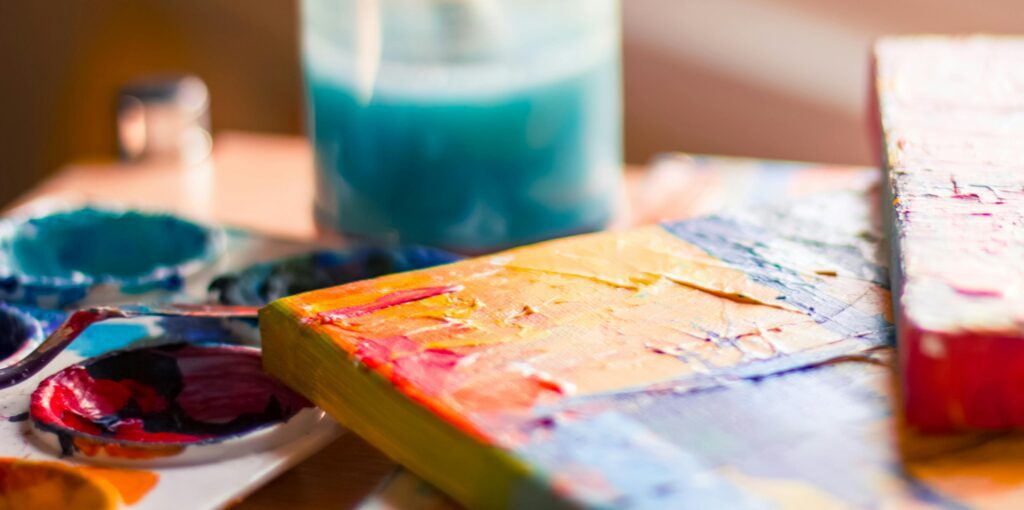
Adobe Express Portfolio (Free Option)
If you already use Adobe or like design-first tools, Adobe Express (formerly Spark) has a free portfolio builder you can use. It’s intuitive, visually guided, and full of templates that feel modern and clean. You’ll spend less time wrestling layout and more time curating your pieces. Adobe
With theme support, you can tweak color palettes, fonts, and structure in a few clicks. That level of polish, while still being easy, can make your portfolio feel intentional rather than thrown together. Artists often underestimate that polish.
Because it’s part of Adobe’s ecosystem, it plays nice with image workflows, file formats, etc. That continuity helps you stay in your creative flow without switching tools too much. And for many, that kind of seamlessness is what turns a half-finished portfolio into a real one
Behance – Where Your Art Meets Opportunity
If you’ve ever wanted your portfolio to double as a digital networking hub, Behance is where you’ll want to be. It’s not just a space to show your art, it’s a thriving community where creatives of every discipline gather to discover, appreciate, and hire talent. Whether you’re a painter, illustrator, or designer, your work gets visibility among brands, recruiters, and art lovers who are actively looking for creators to collaborate with.
What makes Behance stand out is how integrated it is with Adobe Creative Cloud. You can easily sync your projects directly from Photoshop or Illustrator, keeping your portfolio updated with minimal effort. Plus, Behance’s algorithm promotes your work to wider audiences based on engagement, so the more you share and interact, the more eyes land on your art. It’s organic reach done right.
The platform also doubles as a space for creative learning. You can follow other artists, join live sessions, and even get feedback on your projects. It feels less like a resume site and more like a creative playground that keeps evolving with you. If you’re ready to be part of a digital ecosystem where visibility meets community, Behance is your best bet.
ArtStation – Built for Artists Who Mean Business
ArtStation is where professional meets practical. Originally tailored for digital artists, illustrators, and 3D creators, it’s now a full-fledged hub for all kinds of visual art. Think of it as your sleek digital storefront that speaks the language of curators, art directors, and recruiters. The layout is clean, minimal, and designed to make your work the star of the show.
One of the strongest perks of ArtStation is its career ecosystem. You can browse job boards, sell prints, and even monetize tutorials or digital assets. It’s perfect if you want your art to do more than just sit pretty , this is a space where it earns its keep. The platform’s exposure is unmatched, especially among creative studios and production houses that scout talent directly from it.
Even if you’re just starting out, ArtStation gives your portfolio a professional edge instantly. Their templates look polished right out of the box, so you don’t need to fiddle with design settings. For artists who take their craft and career seriously, this platform is the shortcut to looking like you already belong at the top.

Wix – Design Freedom Without the Price Tag
Wix is the dream playground for artists who love design control. It’s a drag-and-drop website builder that gives you the power to shape your online presence exactly how you imagine it. You can choose from dozens of art-friendly templates or start completely from scratch, giving your portfolio the kind of unique identity that feels unmistakably yours.
While many portfolio platforms limit customization, Wix thrives on it. You can add galleries, blogs, contact forms, and even embed videos or shop pages , all without touching a single line of code. And the best part? The free plan gives you everything you need to start, including hosting and basic SEO tools to help your art show up in search results.
It’s also a great platform to transition into a professional website when you’re ready to scale up. Upgrading unlocks your own domain and removes ads, but even the free version looks clean enough to pass as premium. For artists who like their portfolio to double as an experience, Wix gives you full creative control to make that happen.
DeviantArt – The Original Art Community That Still Thrives
Before Instagram and TikTok took over the art-sharing world, there was DeviantArt, and guess what , it’s still alive and kicking, with a massive community of creators sharing, critiquing, and celebrating each other’s work. If you’re nostalgic for genuine artist-to-artist interaction, this is where that energy still exists.
DeviantArt is particularly loved for its inclusivity. Every kind of art form finds a home here , from fine art and fan art to digital experiments and sculpture. The feedback culture is strong, with artists commenting thoughtfully on each other’s work, creating that sense of creative companionship that’s often missing elsewhere.
The free portfolio setup is simple but effective. You can create galleries, join groups, and even participate in themed challenges to boost your visibility. It’s less about perfection and more about presence, making it an ideal space for emerging artists to build confidence and connections at the same time.
Carbonmade – The Effortless, Personality-Driven Portfolio
If you want a portfolio that looks like you spent hours designing it , without actually doing that, Carbonmade is your best friend. It’s one of the easiest portfolio builders out there, designed specifically for creatives who want to spend time making art, not tweaking layouts. You just upload your work, drag it around, and the platform makes it look beautiful.
What sets Carbonmade apart is how personal it feels. Each portfolio looks handcrafted, with dynamic image grids, fun typography options, and a warm user interface that highlights your individuality. It’s perfect for artists who want to showcase personality alongside professionalism.
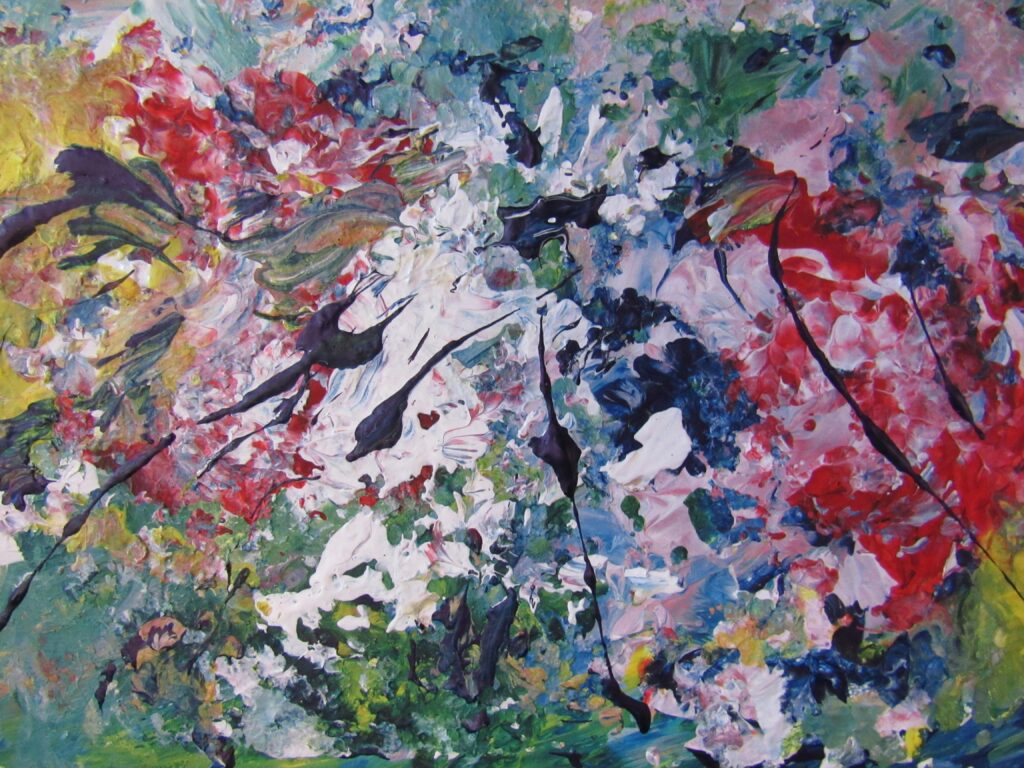
The free version gives you enough tools to build an impressive start, with options to upgrade if you need custom domains or more projects later. Whether you’re pitching to galleries or applying to residencies, Carbonmade lets your art do the talking while keeping everything else effortlessly polished.
